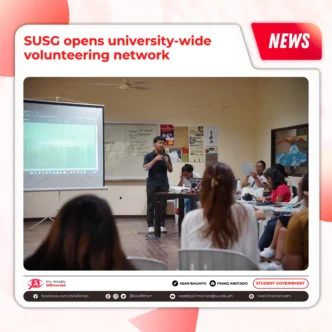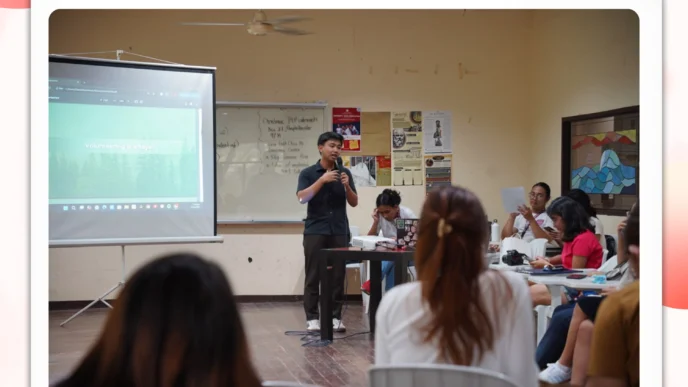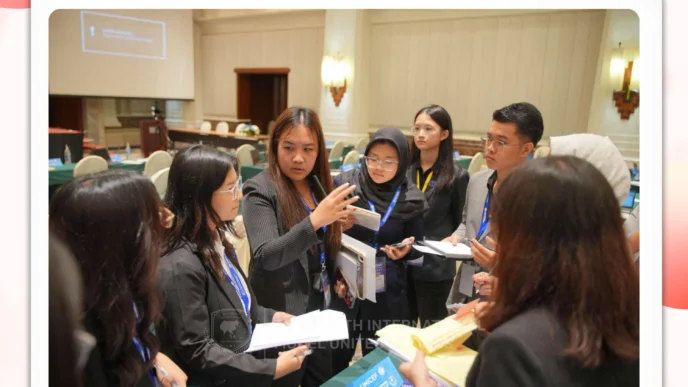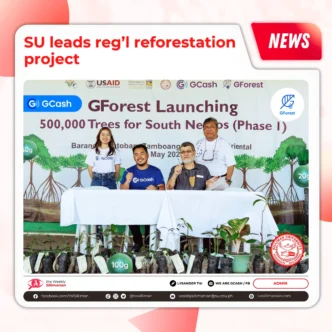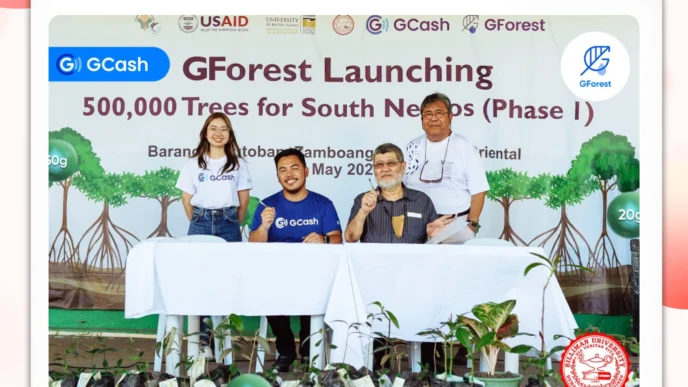By Lysander Tiu
Student-led documentary “Kalasag ng Tubod” qualified as a finalist for the 8th Indie-Siyensya Filmmaking Competition – Open Category last Oct. 14 through JuanFlix.
Themed “Science and Filipino Culture: Siyensya sa Kultura, Kultura sa Siyensya,” the competition was organized by the Department of Science and Technology (DOST)-Science Education Institute.
Students from Silliman University and Negros Oriental State University worked together under the Sci-lens Studios in making the film.
Sillimanians included in the production crew are director and video editor Mondrayniel Sarte, producer Kyle Peter Josh Deluvio, scriptwriters Helianne Christopher Obate and John Raymond Enolpe, production manager Mikyle Reynan Guanzon, and animator Joseph Naparota.
The film features the Balinsasayao Twin Lakes Natural Park in Negros Oriental, examining the relationship between traditional knowledge and modern understanding in protecting natural settings.
The film also discussed the role of bayanihan in protecting the said area and how the Balinsasayao people accepted “scientific discoveries and traditional values” in the sustainability of the twin lakes.
Moreover, scientific interventions employed by local communities and government agencies to preserve the twin lakes and its surrounding ecosystems were highlighted.
The film is the sole representative of the Visayas region and was directed under Sarte’s founding media company, Awestruck Productions.
Setting and production
The team coordinated with local groups, community leaders, the Provincial Environment and Natural Resources Office, the Protected Areas Management Board, and other officials involved with the film’s subject.
“This film goes beyond typical environmental documentaries. It weaves culture and science together, a challenging concept to convey,” Guanzon said.
He stated that Lake Balinsasayao captures this intersection of culture and science, providing water, biodiversity, and other essential resources to nearby communities
Guanzon furthered that they chose this location to offer audiences a perspective that aligns with the theme, share its story, and emphasize why preserving and protecting it is vital.
Meanwhile, Sarte said that they took a hands-on and respectful approach to storytelling to ensure they authentically represented Filipino culture.
“We let the community’s voice guide the narrative rather than imposing our own ideas. This approach allowed us to showcase Filipino culture in a way that felt respectful and true to the people and place we were filming,” he shared.
Sarte said that they showed the locals’ way of caring for the area as a living and evolving part of keeping the Twin Lakes alive, offering a “fresh and personal” take on environmental storytelling.





